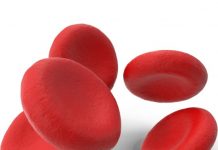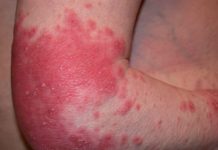Antithrombin as the name suggests is a protein that is present in all mammalian bodies which acts as an antagonist to thrombine thus functioning as a mild blood thinner preventing our body from more than necessary clotting of our blood. In short it means this element in our blood helps our body to understand and balance the nature and degree of blood clotting necessary.
If our body has low level of antithrombin then we will have a quick and easy process of clotting after an injury, however if the level is high it would mean that the person suffers from a more acute tendency of bleeding. Thus it is most important for us that we know and understand the ways to measure and keep a balanced antithrombin level in our body.
 How to know about this Deficiency?
How to know about this Deficiency?
The proper and the best possible way to go about detecting your antithrombin level is to first run a test called ‘AT activity’/’functional AT’. It is an easy and common test so usually all laboratories can run this test.
This test would determine the protein level in your blood, and whether or not the level of antithrombin present in your blood is functioning properly both of which are usually expressed in percentage. To have a considerable amount of awareness from a layman’s level we must know certain facts about antithrombin deficiencies. They are as follows:
- There are usually two major antithrombin deficiency categorized as type1 deficiency and type2 deficiency.
- It is important to note for an average healthy adult the result should be typically 80%-120% and also that healthy new born babies have only the half of antithrombin levels of an average healthy adult.
- If the disease or the deficiency is genetic in nature then it is not possible to detect it through regular clinical tests and can be only possible in research studies. The antithrombin level in such cases is typically 40%-60%.
- There are two main ways that AT deficiency can be present in our body. One is inherited or genetic while the other is acquired.
- The risk of blood clots increases exponentially in a person with an inherited case whereas in a person with an acquired deficiency it is often not so much.
There are two major causes of AT deficiencies. For the inherited ones it is mainly due to some genetic mutation and abnormality and for the acquired one it is generally due to some diseases. Here is a list of medical causes that might trigger AT deficiency in a human body:
- Liver failure like liver cirrhosis
- Nephrotic syndrome or kidney disorder
- Widespread (metastatic) tumors
- Acute blood clots
- Heparin therapy
- DIC or disseminated intravascular coagulation a generalized clotting and bleeding disorder that is often associated with infection in the blood stream (sepsis)
- Severe trauma
- Severe burns
- Chemotherapy with Asparaginase













